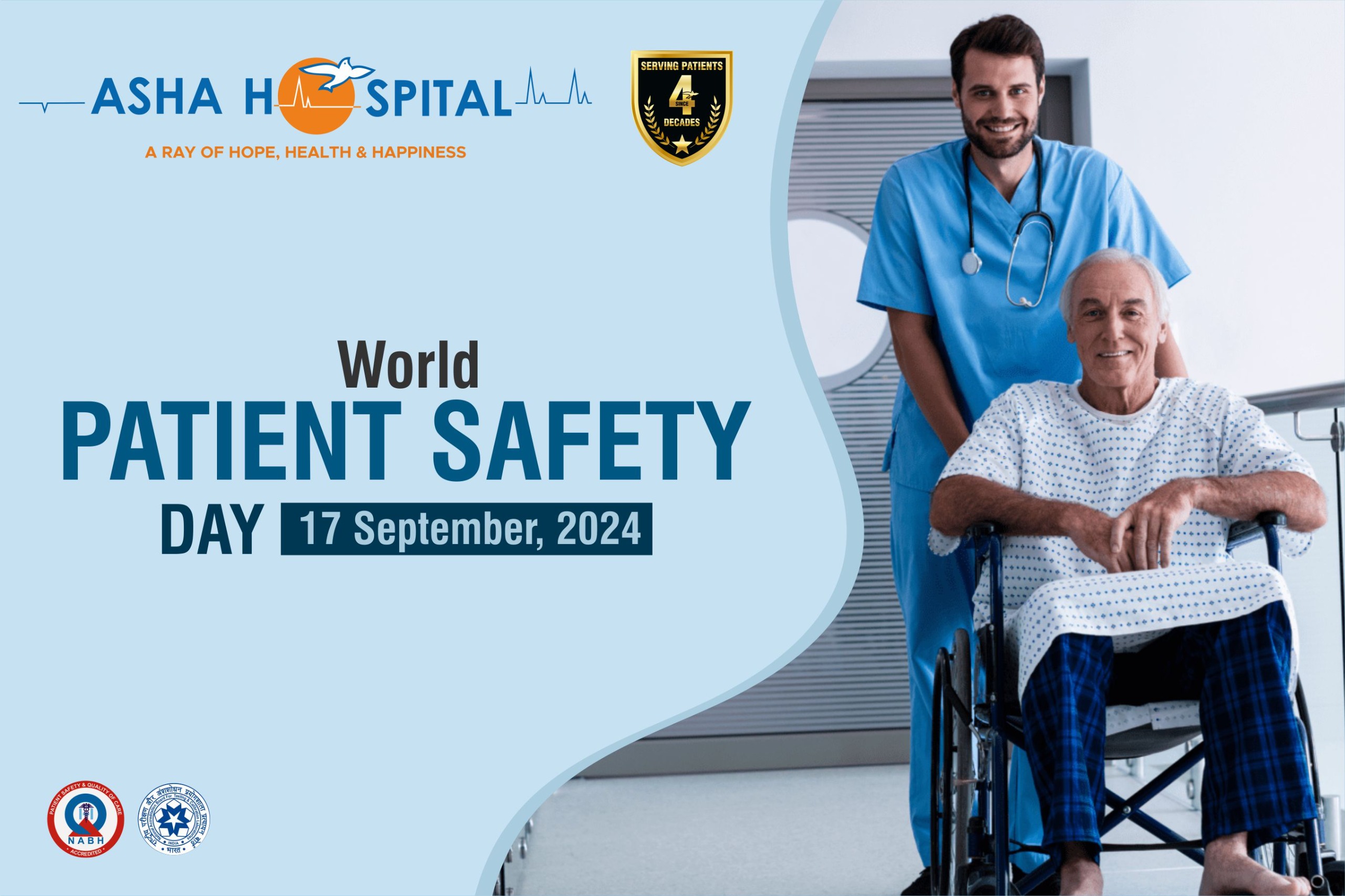Patient Safety hitherto was never thought of even as an entity in healthcare deliverance. The WHO has persistently, every year, celebrated Patient Safety and its pivotal role, under the aegis of World Patient Safety Day, which is observed on September 17. The World Health Organization (WHO) established this day to spread awareness about patient safety, promoting actions to enhance safety in healthcare. This day aims to encourage people to unite for safer healthcare practices and address the worldwide problem of the significant burden of harm caused by unsafe medical practices. In my talks with CEOs and CXOs, I make it a point to highlight that Patient Safety must be imbibed and lived as an attitude, not just as a desirable value on paper.
World Patient Safety Day provides an opportunity to raise public awareness and promote collaboration among patients, healthcare workers, policymakers, and leaders to enhance patient safety. This year’s theme, “Improving Diagnosis for Patient Safety,” emphasizes the vital role of accurate and timely diagnosis in safeguarding patients and improving health outcomes. The slogan, “Get it Right, Make it Safe!” reinforces the need for precise diagnoses to ensure patient safety. This is not only pivotal from the clinical point of view but equally focal from the non-clinical side as well. The following are just a few random but vital points, to draw attention to:
- Meticulous Medical Record Documentation
- Structural fixations like handrails in washrooms, anti-slip flooring, appropriate color-coded gas lines, and well-concealed/affixed electric cables
- Time-bound AMC/CMC of biomedical engineering equipment as well as other mechanical engineering equipment
- Up-to-date statutory compliance
- Safety belts in wheelchairs and stretchers
The day highlights the need to improve healthcare systems and practices prioritizing the well-being of patients. An estimated 134 million adverse events occur annually in hospitals in low- and middle-income countries, making it crucial to reduce preventable harm and deaths.
